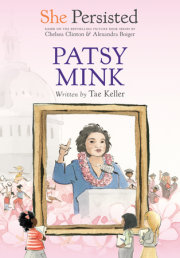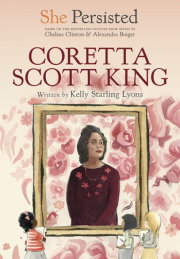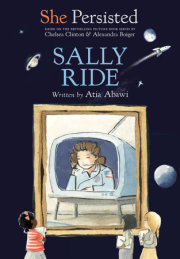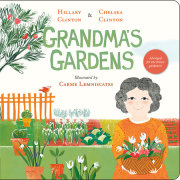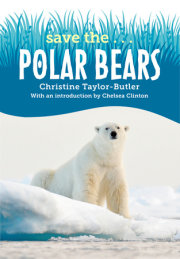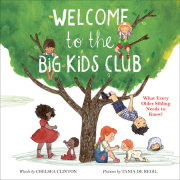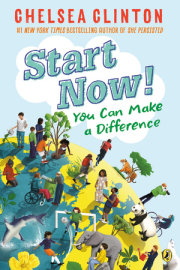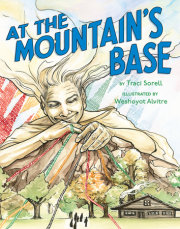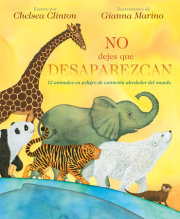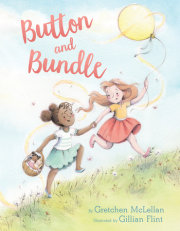Chapter 1
A Girl Called PearlWilma Pearl Mankiller led the Cherokee Nation as its first female chief. But before she visited with US presidents and met with world leaders, she was known by family and friends as a girl called Pearl.
Pearl arrived in late autumn on November 18, 1945. Born at the old Hastings Hospital in Tahlequah, Oklahoma, she already had five siblings waiting at home for her. Her father, Charley, was a Cherokee Nation citizen living in the nearby Rocky Mountain community. Irene, her mother, was a white woman whose family had moved to the area. Her parents grew up around each other and married young. When Pearl was three, Charley built a four-room wood home for the family on land owned by his father.
Traditionally, Cherokee individuals did not own land on the tribe’s reservation. The Cherokee Nation, meaning all the people in the tribe, shared the land together. Families owned their homes, gardens and crops, but not the land itself. But the US government did not want the Cherokee people to continue living together and sharing land this way. So the US Congress passed a law to divide up the tribe’s reservation. Each Cherokee person received land. That is how Pearl’s grand- father received the land where his family lived.
But originally, all Cherokee people lived on the tribe’s lands in the Southeast, not on the reservation within what would later become northeastern Oklahoma.
In 1838, the US government rounded up Cherokee people like Pearl’s ancestors at gunpoint to force them to move west. They couldn’t pack up their homes or bring their animals. Over four thousand Cherokee young and old—died during the roundup before the forced march and also along the way. That means one-fourth of the tribe’s population died. Lots of children became orphans. Many Native Nations also suffered similar removals from their own homelands and a horrific loss of lives.
Pearl learned some of this difficult history while growing up on Mankiller Flats. This is what people called the land that her grandfather andothers in his family had been assigned to live on.
Just like her ancestors’, Pearl’s life wasn’t always easy while she was growing up. The tiny tin-roofed house her father built had no running water or electricity. That meant no flushing toilet, no sink with running water, and no television to watch. This was normal for homes in that area in the 1940s and 1950s.
Many Cherokee people at that time found it hard to find regular work. The rocky soil was not good for farming. Pearl’s dad and oldest brother went all the way to southeastern Colorado each summer to work, harvesting crops to earn money.
Everyone had chores to do at home, from chopping wood to hauling water. Pearl and her sisters hauled water from a cold spring a quarter mile away to their house for cooking, cleaning clothes and baths. Pearl worked hard to get out of hauling water. She preferred to play in the woods instead.
The Mankiller home lacked many features that most people regularly use today. Their heat came from a wood-burning stove, which was where they made their meals too. Cutting and hauling wood for the stove was critical. Instead of electricity, they used coal-oil lamps after sunset to see each other and read books.
And Pearl and her family wore hand-me-down clothes or shirts and pants their mother made from large flour sacks. They didn’t have a washing machine or a dryer, so they cleaned their clothing outside in a tub and hung it up to dry. Before winter, each child would get a coat and a pair of leather shoes.
But nothing was unique about how the Mankiller family lived. Most of the Cherokee families around them lived just like they did. They also grew their own food as well as hunted, fished and gathered plants growing in the woods, just like their ancestors. Pearl always had enough to eat, even if her family did not have modern conveniences.
Outside of chores at home and attending school, the Mankiller family enjoyed visiting with other families at their homes and occasionally at church or at Cherokee ceremonial grounds. Often the Mankillers had guests at their house too. Many of the people spoke Cherokee, including Pearl’s father.
Storytelling and visiting were a big part of Pearl’s childhood. She and her siblings loved their father’s stories. Her house was always full of books, which fostered a love of reading in Pearl.
Pearl attended first through fifth grade in a small schoolhouse, full of mostly other Cherokee children. She and her siblings walked three miles each way to school no matter the weather. There was no school bus. At school, Pearl learned that others lived differently than her family. The female teachers wore lipstick and dressed more formally than most women in the Rocky Mountain community. One of the male teachers even had a television in his house!
All in all, Pearl’s childhood was a happy one.
But as much as Pearl loved life in Mankiller Flats, some parts of her life were out of her—and her family’s—control. The US government, which had treated her people so terribly decades earlier, would again cause turmoil and heartbreak for her family.
Copyright © 2022 by Chelsea Clinton. All rights reserved. No part of this excerpt may be reproduced or reprinted without permission in writing from the publisher.

























